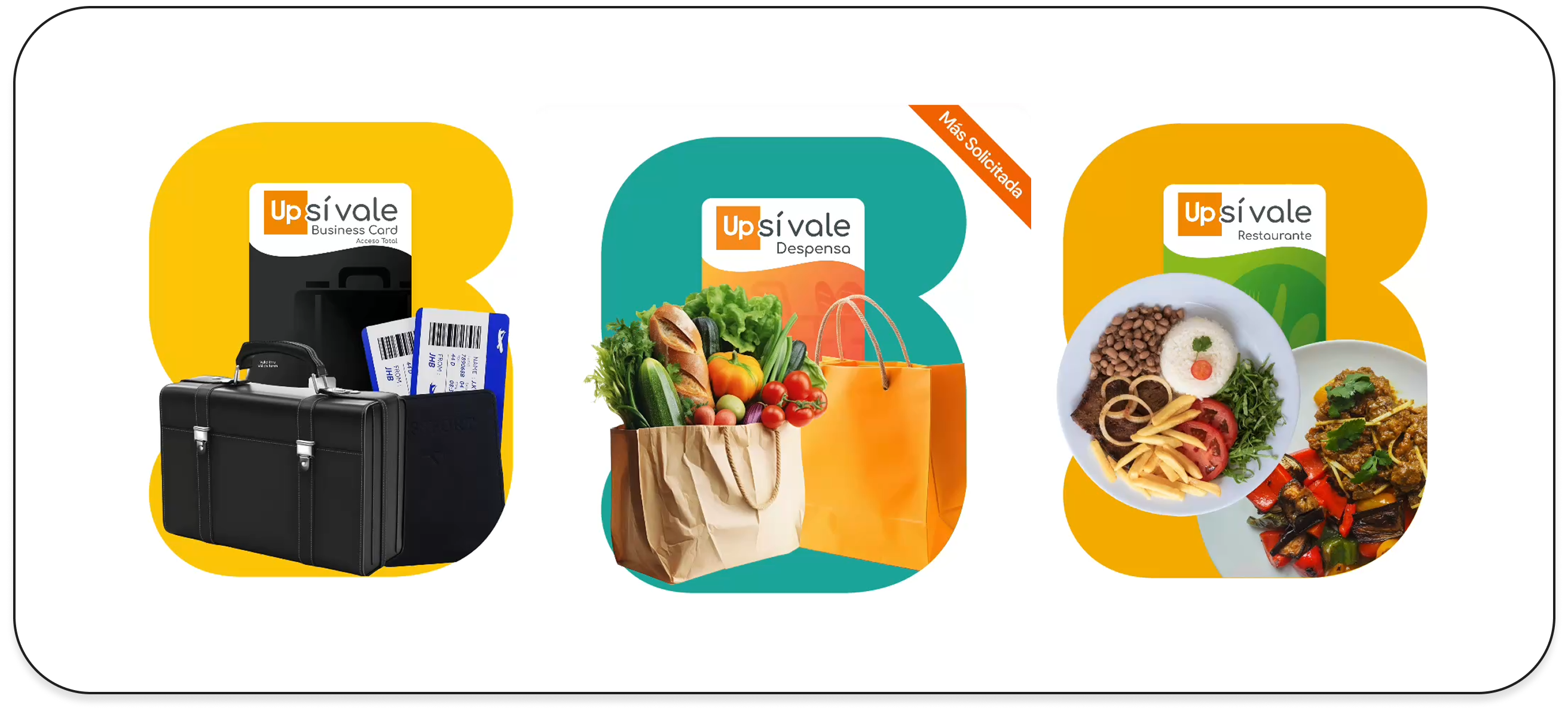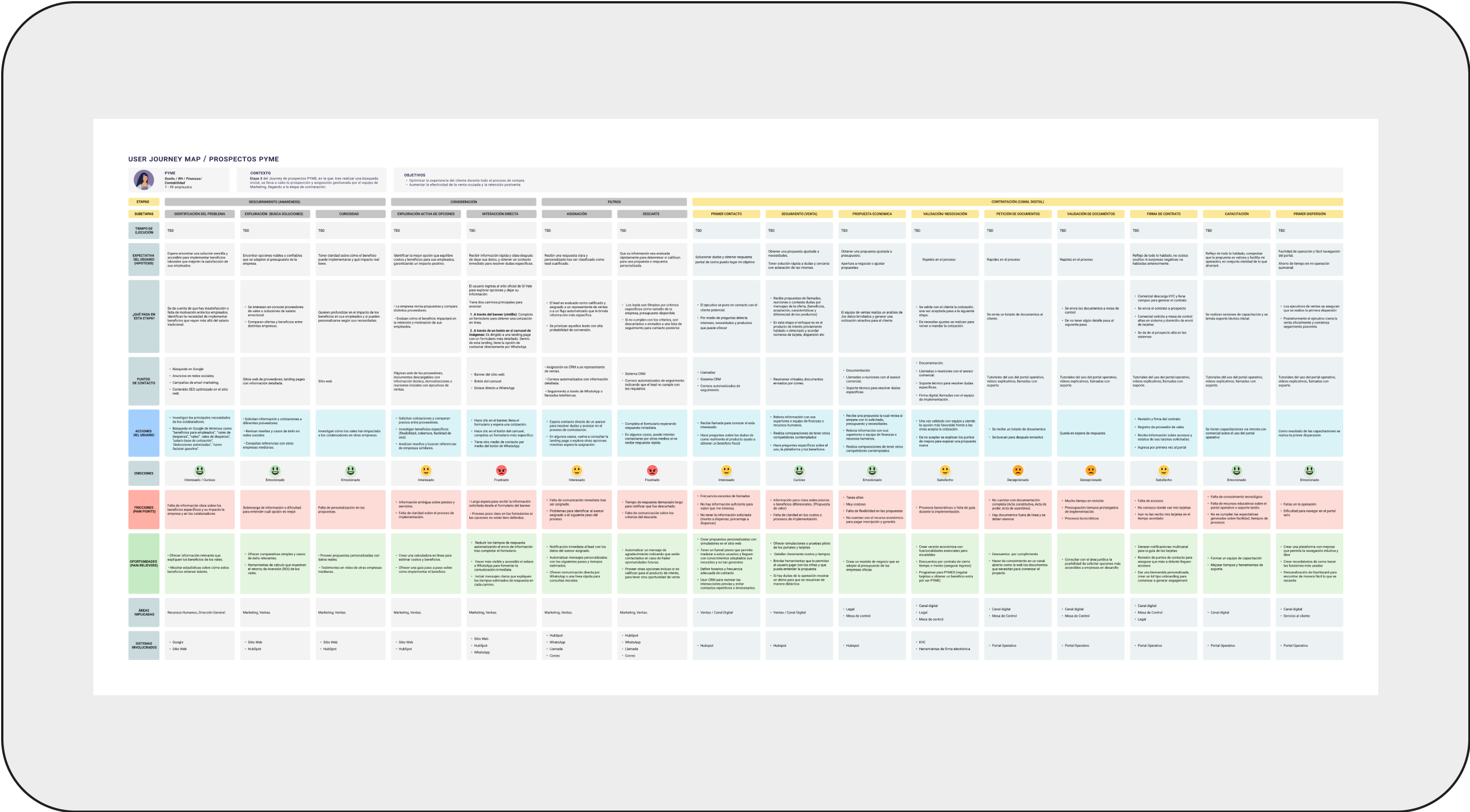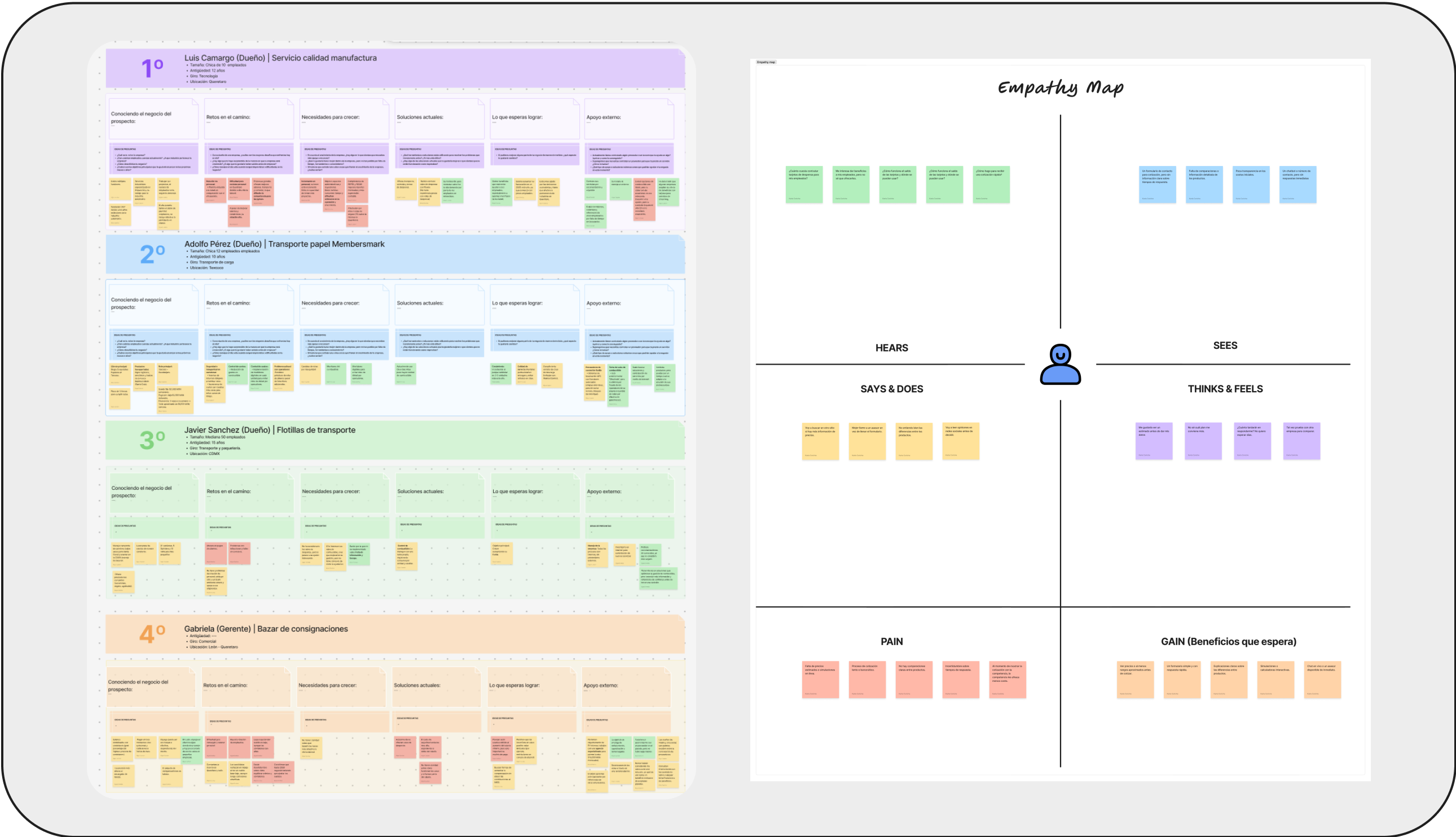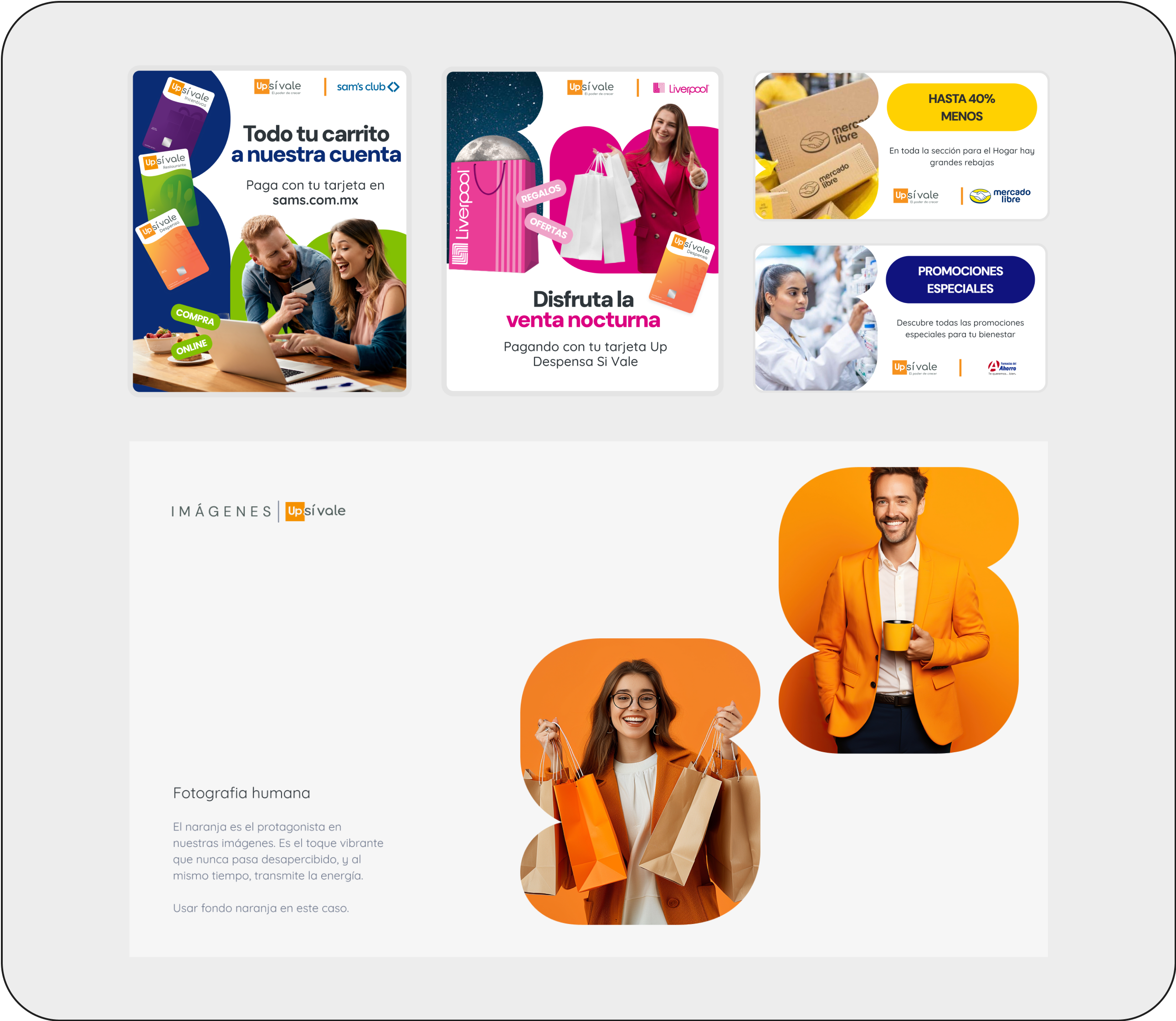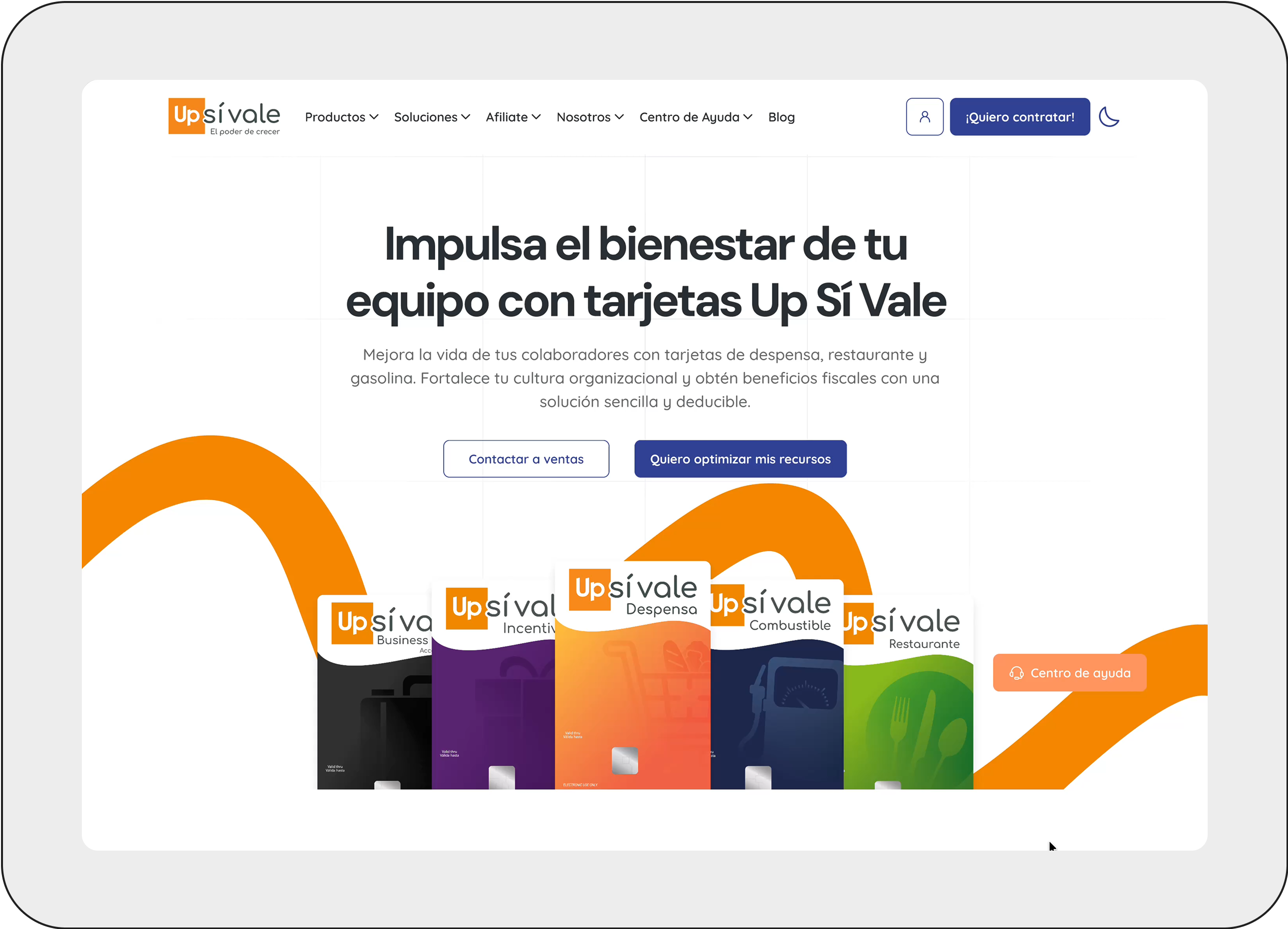Designing how we design
When I joined, design was mostly seen as a service: fragmented, reactive, and dependent on other teams’ decisions. I quickly realized that to make a real impact, we needed to change not just what we designed, but how we designed.
I started by building trust and structure, introducing planning rituals, clearer roles, and shared tools. Over time, our work evolved from creating isolated deliverables to shaping connected experiences across channels.
We formalized Design Ops practices that made design visible in company planning and execution, and we began defining early frameworks for Research Ops to give structure to how we learn from users. Through initiatives like the Design System and Experience Governance, I helped the company design how it designs, establishing the culture, processes, and tools that sustain design at scale.
Outcomes (projected)
Context
The company's website lacked a clear structure and narrative tailored to specific segments. This resulted in a high volume of disoriented users turning to Marketing or Sales teams for operational issues—causing friction, operational overload, and low-quality leads.
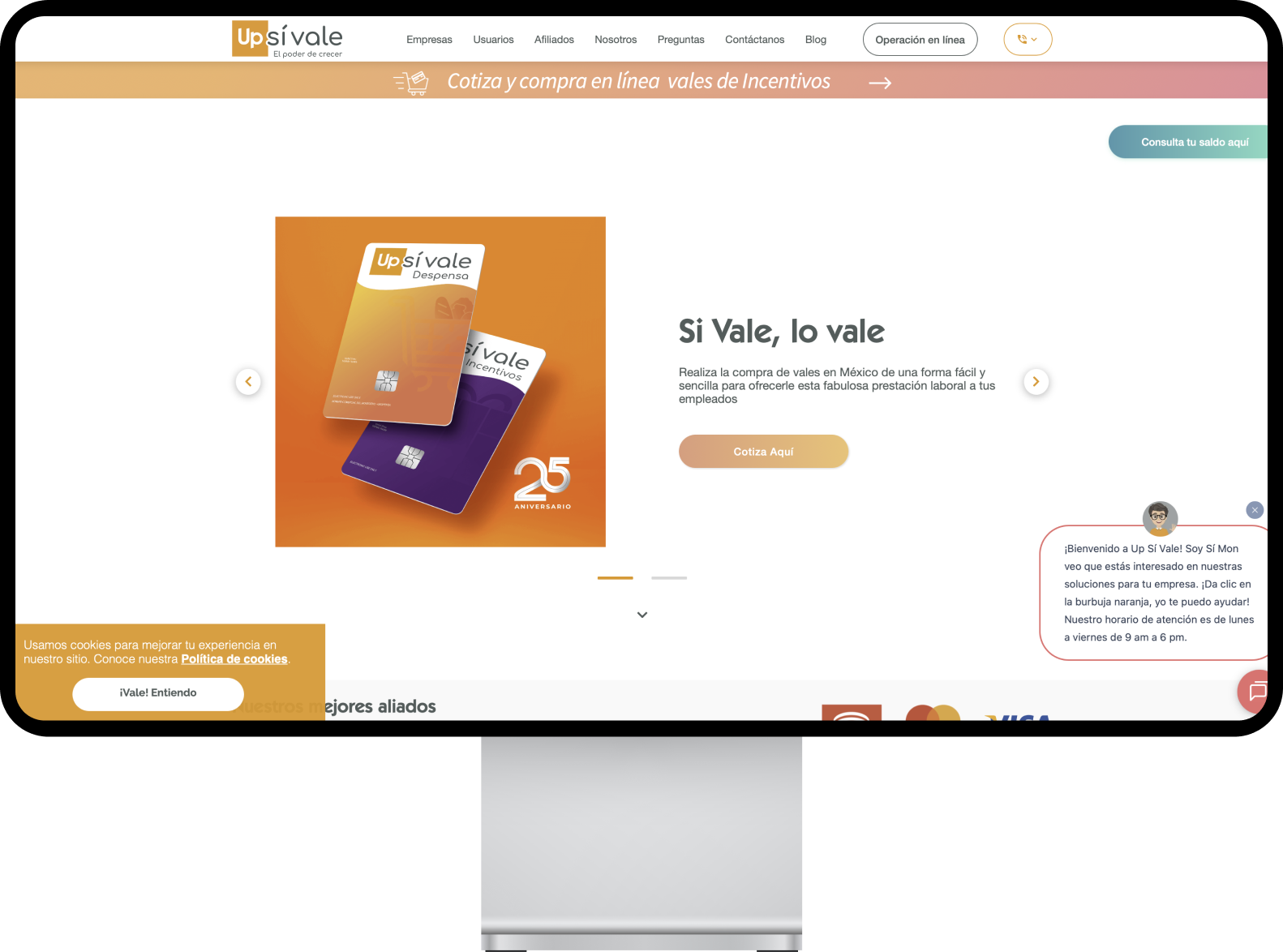
Challenge
How might we transform the website into an effective sales tool for new businesses, while also providing meaningful support to existing clients and users?
Solution
-
Segmented by ArchetypesWe defined clear user archetypes to personalize the value proposition according to different contexts, needs, and use cases.
-
Dual Focus: Sales and SupportPrimary objective: Generate new sales with a focus on small businesses. Secondary objective: Provide self-service support for clients, users, and affiliates.
-
Goal-Oriented Information ArchitectureWe redesigned the structure to improve conversion flows, create specialized sections by user type, and offer more intuitive navigation.
-
New Funnel Navigation FeatureWe added a guided experience to help users move through the funnel more effectively, with clearer steps and contextual cues to reduce friction and drop-offs.
-
Specialized Help CenterWe integrated a dedicated Help Center to channel operational questions, reduce junk leads, and improve lead quality.
-
First Product with the New Design SystemThe site became the first channel to apply our design system, creating a consistent visual language and component library.
-
Cross-Functional CollaborationWe co-created a content and work plan with Marketing and partnered with Development to ensure alignment between business, design, and technology.
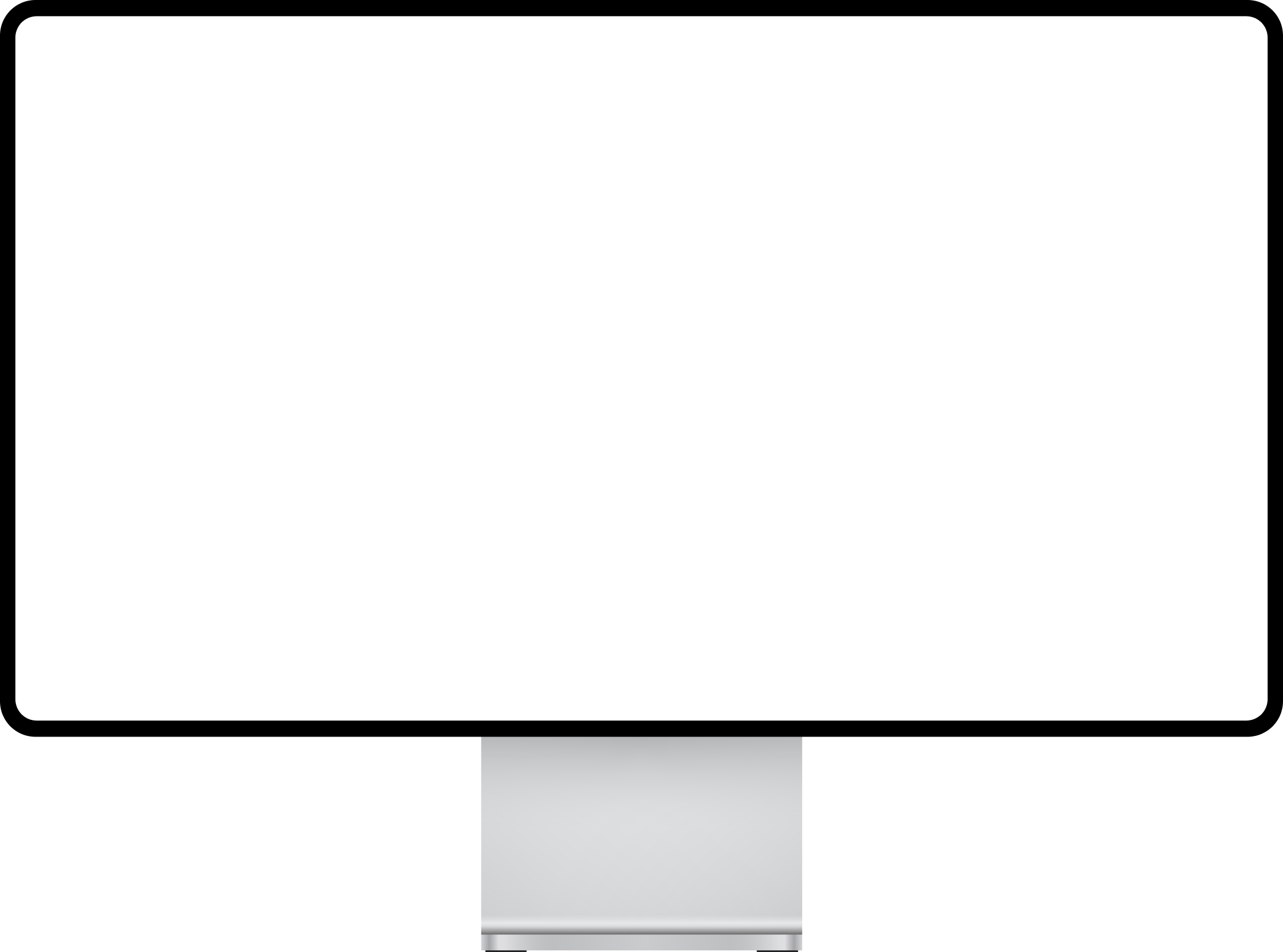
Outputs
